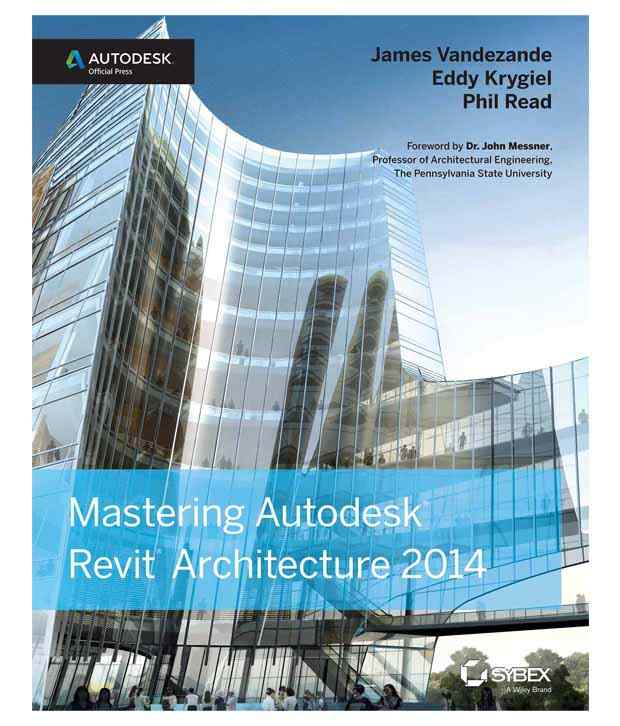
- #Autodesk revit architectural rendering update
- #Autodesk revit architectural rendering software
- #Autodesk revit architectural rendering professional
And once I have it all set, we'll just click Render. In this case, I'm going to go with a few clouds.
#Autodesk revit architectural rendering update
We can use an image that we import, or we can just have it be transparent so that we could update and edit the background in a post-processing program like Photoshop. We've a few options with our backgrounds. But in this case, I'm going to keep it at screen so it'll render a little quicker.

If I wanted a higher resolution rendering I could change it to a print setting and give it the desired DPI. For this exercise I'm going to use medium and I'm going to leave the scheme as exterior set only and the sun setting is what we had it set before. The easiest way to do a quick rendering is to go through and pick one of these settings. I'll pick on the teapot and the view control bar and pull the rendering settings over here. Now what I can do is I can set it to render. You can see the lighting changed based on that that revision. In this case, I'm going to go with the fall equinox. That'll show me what the lighting is If I don't like the way the lighting looks, what I can do is I can adjust in the graphic display options and I can adjust my shadows whether it's cast or ambient, and I can adjust my lighting from being a in session lighting to more of a still setting with a specific location, date, and time. What I want to do is I'm going to set it to be in shaded so that we can get a good idea what it's going to look like. Now this is the camera view that we'll use for our rendering. And then what I'll do in this case is I'll just extend the viewport to match what I want to see for the rendering. You can see it'll pop out a camera view for us.

I wouldn't worry about it not showing some of these edges because we can adjust that after the fact. The key here is I want to make sure that the extents in my view go all the way beyond the building so that I can see the whole thing. Click to start, and then I'll move the camera out. So what I'll do is I'll select a point, say down in this area. I'd like to take a look at the building camera from this angle here. In this case, we're going to use the camera. I have default 3D view, which is what we've been using camera and walk through. What I'll do is I'll jump to the View tab. So you can see our three different forms here. I just find it easier to create the camera view of the angle that I want to see of the building. First thing we want to do is jump over to a floor plan view. In this video, we're going to go ahead and create a camera view, make adjustments to the lighting and shadows, and create a quick rendering to show off the materials that we've created. Looking for more skill-building courses? Check out Autodesk’s additional learning resources to help with your learning journey: View Syllabus Ready to take the exam? Schedule to take the exam online or find a testing center near you on /autodesk. Candidates are given 120 minutes to complete a certification exam and should review the testing center polices and requirements before scheduling.
#Autodesk revit architectural rendering professional
The Autodesk Certified Professional (ACP) certifications exams can be taken at a Pearson VUE Testing Center or through OnVUE, Pearson VUE’s online proctored environment.
#Autodesk revit architectural rendering software
This type of experience typically comes from having worked with the software on a regular basis for at least 2 years, equivalent to approximately 400 hours (minimum) - 1200 hours (recommended), of real-world Autodesk software experience. The certification enables you to showcase your abilities and also signals to potential employers that your skills have been validated. The Autodesk Certified Professional: Revit for Architectural Design exam is the recognized standard for measuring your architectural design skills and knowledge in Revit. Brush up on selection sets, detail components, color schemes, levels and grids, and much more.Ībout the Autodesk Certified Professional: Revit for Architectural Design exam: You'll also gain an understanding of exam topics such as family categories and types, phases and design options, schedules, and worksharing. In the course, you'll review advanced modeling architectural topics and work with walls, floors, roofs, ceilings, stairs, columns, and rooms. The video lessons are structured to match the exam’s objective domains and follow the typical workflow and features of the Autodesk® Revit® Architecture software, including sections on modeling and materials, families, documentation, views, and Revit project management. This online course from Autodesk prepares you by offering an overview of skills that match what is covered in the Autodesk Certified Professional: Revit for Architectural Design exam. Prove to potential employers that you’re up to the task by becoming an Autodesk Certified Professional.


 0 kommentar(er)
0 kommentar(er)
